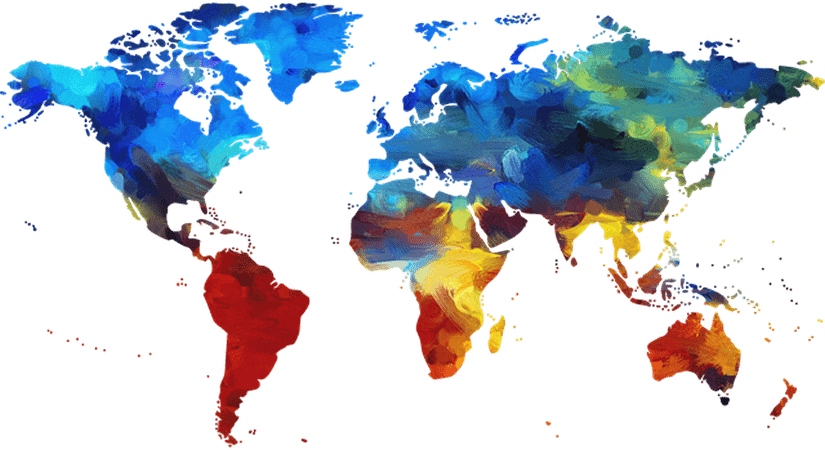By Orbex
Recently, there was quite a bit of media attention on the rise in silver prices.
It had more to do with speculation of another attempt to corner the market similar to the GameStop move earlier in the month. But, that turned out to be just mainly rumors.
Despite the loss of interest in coverage, silver had been appreciating for other reasons worth looking into.
In fact, most commodities have been on the rise, from copper to nickel, to crude. A relatively simple and somewhat obvious explanation is the expectation for inflation.
Commodities, particularly the more liquid ones like gold and silver, have the advantage of intrinsic value. This makes them a lot more attractive over fiat currencies in periods of economic instability.
There is more to it than meets the eye
A rush to invest in hard assets to offset particular concerns about inflation would raise the price of those commodities. Those commodities, in turn, are used to produce goods and services.
So, higher prices in raw materials would likely translate into higher prices in finished products. Something of a self-fulfilling prophecy.
Therefore, it’s important to not just analyze whether commodity prices are increasing, but at what rate. Most commodities are priced in dollars.
This means that if the dollar is worth less, it means it buys less of a given commodity. So, the value of that commodity goes up. This is a post-facto reaction; a response to inflation.
If the prices of commodities are rising faster than inflation (ante-facto), then it can be seen as a driver of inflation.
So, another supercycle?
In the first decade of the millennium, prices of commodities moved progressively higher after China joined the WTO and their exports massively increased.
To meet the demand for raw materials, the Asian giant massively increased its commodity acquisitions. On top of that, Chinese citizens and businesses, wary of the stability of their own currency, bought commodities. In particular, they bought copper to offset potential fluctuations in the yuan.
For more than a decade – and even through a massive world recession – commodity prices remained high thanks to demand from China. However, the market adjusted to high prices, new production came online, and China reoriented its economy to be more internal. The supercycle died out.
The new drivers
However, in the aftermath of covid, China invested heavily in infrastructure to support their economy, increasing demand for raw materials. This has led many analysts to speculate there might be a new commodity supercycle.
The question is, though, how sustainable?
Well, with China and other major economies investing heavily in revamping infrastructure for electric vehicles, demand for copper is likely to remain high for quite some time. But so are ancillary products needed to support electrification. Examples of these are steel, aluminum, cobalt, nickel, and lithium.
With demand above historic levels, and it being relatively hard to bring new supply online, we want to pay attention to increasing commodity prices to see if they will rise enough to push inflation.
By Orbex
